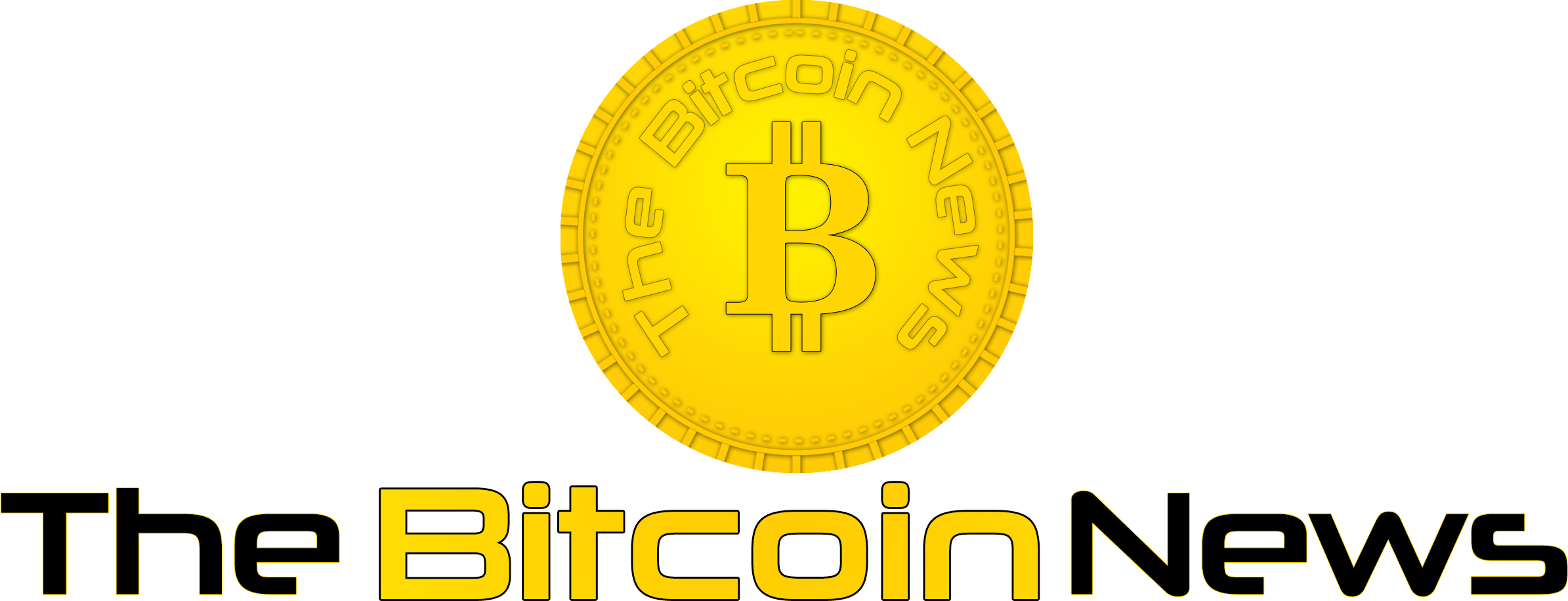What is Blockchain? A Comprehensive Guide to the Revolutionary Technology
Blockchain technology has emerged as a transformative force, disrupting industries and reshaping the way we think about data, security, and trust. While it’s often associated with cryptocurrencies like Bitcoin, its potential extends far beyond digital currencies.
Understanding the Basics: What is Blockchain?
At its core, a blockchain is a decentralized, distributed ledger. This means that it’s a digital record of transactions that’s shared among a network of computers, rather than being stored in a central location. This decentralization offers several key advantages:
- Transparency: All transactions on a blockchain are recorded and publicly visible, fostering trust and accountability.
- Security: The distributed nature of the network makes it extremely difficult for malicious actors to tamper with or manipulate data.
- Immutability: Once a transaction is recorded on the blockchain, it cannot be altered or reversed.
How Blockchain Works: Blocks and Chains
The term “blockchain” itself provides a clue to its structure. It’s composed of a series of “blocks,” each containing a set of transactions. These blocks are linked together chronologically, forming a “chain.”
Here’s a simplified breakdown of the process:
- Transaction Initiation: A transaction is initiated, such as a transfer of funds or a record of ownership.
- Block Creation: The transaction is bundled with other transactions into a block.
- Validation: The block is validated by a network of computers (nodes) through a consensus mechanism.
- Chain Linking: Once validated, the block is added to the existing chain, creating a permanent and immutable record.
Key Features of Blockchain Technology:
- Decentralization: No single entity controls the network.
- Distributed Ledger: All participants have a copy of the ledger.
- Cryptography: Cryptographic techniques ensure data security and integrity.
- Consensus Mechanisms: Mechanisms like proof-of-work (PoW) and proof-of-stake (PoS) ensure network agreement.
Applications of Blockchain Technology:
Blockchain’s versatility has led to its adoption in various industries:
- Finance: Cryptocurrencies, cross-border payments, and decentralized finance (DeFi).
- Supply Chain Management: Tracking goods from origin to destination, ensuring transparency and authenticity.
- Healthcare: Securely storing and sharing medical records.
- Voting: Creating transparent and secure voting systems.
- Digital Identity: Providing secure and self-sovereign identity management.
- NFT’s: Provable digital ownership of digital assets.
The Impact of Blockchain:
Blockchain technology has the potential to:
- Increase Trust: By providing transparent and immutable records.
- Enhance Security: By distributing data and using cryptographic techniques.
- Improve Efficiency: By automating processes and eliminating intermediaries.
- Empower Individuals: By giving them greater control over their data and assets.
Challenges and Future of Blockchain:
Despite its potential, blockchain technology faces challenges:
- Scalability: Handling a large number of transactions efficiently.
- Energy Consumption: Some consensus mechanisms, like PoW, consume significant energy.
- Regulation: Establishing clear regulatory frameworks.
However, ongoing research and development are addressing these challenges. As blockchain technology matures, it’s poised to play an increasingly important role in our digital future.
Key Takeaways:
- Blockchain is a decentralized, distributed ledger technology.
- It provides transparency, security, and immutability.
- It has applications in various industries, including finance, supply chain, and healthcare.
- It has the potential to increase trust, enhance security, and improve efficiency.
- It is a constantly evolving technology.
Do you like the topic Blockchain? Then you will surely like our Bitcoin News and Ethereum News.


